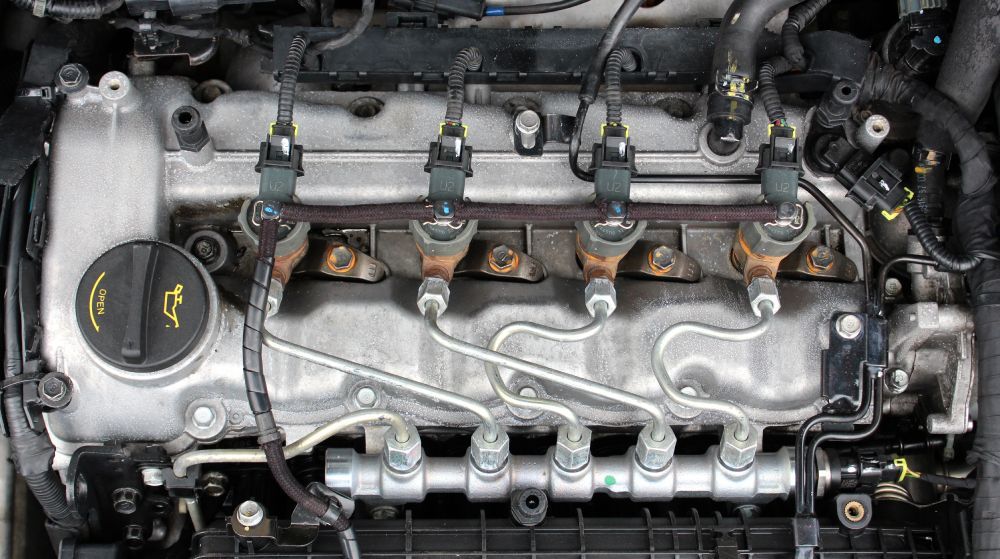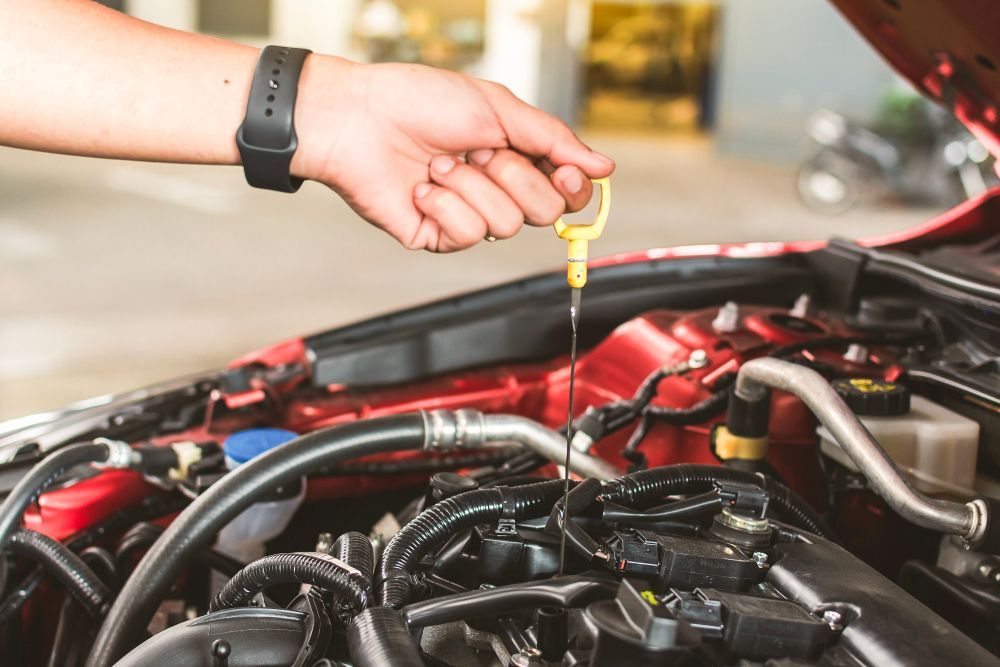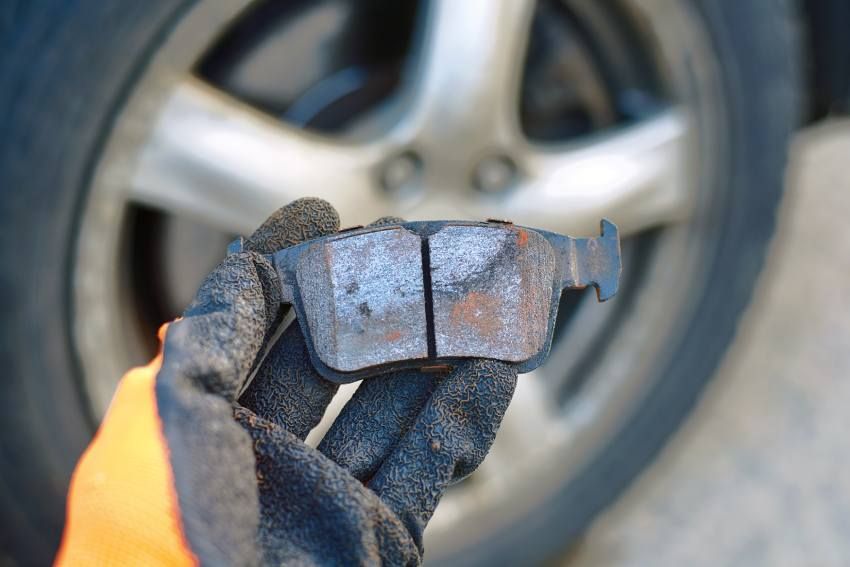What Is a Timing Belt and When to Replace It
What is a timing belt? Learn to recognize the signs that it needs replacement to prevent engine failure. A failing timing belt can lead to major damage inside the engine, especially in interference engines where valves and pistons may collide. At Professional Auto Repair in Marietta, GA, we provide professional timing belt replacement services that keep your car running smoothly and safely.

What is a Timing Belt and What Does it Do?
A timing belt, often referred to as a toothed belt, is usually made from rubber reinforced with fibreglass or neoprene. Its main function is to synchronize the crankshaft and camshaft, ensuring valves open and close in coordination with the pistons during each cylinder's intake and exhaust strokes.
In many modern cars, this rubber belt is essential to maintain correct timing in the timing system, preventing the movement of the pistons from clashing with the valve train. A worn or stretched belt compromises performance and can result in severe engine damage.
Recognizing the Signs of a Worn-Out Timing Belt
Recognizing early timing belt symptoms is crucial to preventing sudden breakdowns.
Common signs of a bad timing belt include:
- Ticking noise from the engine
- The engine doesn’t start
- Oil leaks near the timing belt cover
- Misfires or rough idling, especially during startup
These timing belt issues often occur due to wear, skipped teeth, or timing belt stretch, all of which throw off combustion timing. If any of these warning signs appear, your belt needs to be replaced immediately.
Problems With Timing Belts Can Cause Smoke or Fumes
When the timing system malfunctions due to a worn belt, your vehicle may emit excess smoke or fumes, particularly from the exhaust. This happens when intake and exhaust valves fail to sync properly with the camshaft and crankshaft, causing incomplete combustion.
Our team uses advanced diagnostics to catch timing belt issues early and help repair the engine before further damage occurs.
Recommended Timing Belt Replacement Intervals
Wondering how often to replace timing belt components? Most vehicle manufacturers recommend changing the belt between 60,000–100,000 miles (or 100,000–160,000 kilometers). However, actual replacement timing varies by make and model:
- Honda Accord: 105,000 miles / 170,000 km
- Toyota Camry: 90,000 miles / 145,000 km
- Ford Focus: 100,000 miles / 160,000 km
- Volvo XC90: 120,000 miles / 193,000 km
- BMW 3 Series: 90,000 miles / 145,000 km
Always refer to your owner’s manual for the recommended interval. We also advise inspecting or replacing the water pump, idler pulleys, and tensioner during this service to save on labor costs.
Understanding the Risks & Costs of Timing Belt Stretch
Over time, your timing belt can stretch, especially in high-mileage or older vehicles. Timing belt stretch causes improper alignment of the cam and crankshaft, which may result in:
- Rough engine operation or misfires
- Loss of fuel efficiency
- Complete engine failure in interference engines
Here’s a typical timing belt replacement cost range, including parts and labor:
| Region | Cost Estimate |
|---|---|
| Marietta, GA | $550 – $1,100 |
| National Avg. | $500 – $1,200 |
| European Cars | $800 – $1,600 |
The labor involved and access when the timing belt is buried deep in the engine affect pricing significantly.
Timing Belt vs Timing Chain: Key Differences
Some vehicles use a timing chain instead of a belt. While both perform the same function, there are key differences:
| Feature | Timing Belt | Timing Chain |
|---|---|---|
| Material | Reinforced rubber | Steel |
| Lifespan | 60k–100k miles | Often 150k+ miles |
| Maintenance | Needs replacement | Minimal maintenance |
| Noise | Quiet | Louder over time |
| Used In | Many modern cars | Older or high-performance cars |
FAQs About Timing Belts
What Happens When a Timing Belt Breaks?
When the timing belt breaks, it causes the valves and pistons in an interference engine to collide, often bending the valves and damaging the combustion chamber. The engine will stop running immediately and require major repairs.
When to Change Timing Belt in Hot Climates?
High temperatures degrade rubber timing belts faster. In Georgia’s climate, we recommend inspecting belts at 60,000 miles and replacing them by 90,000 miles, regardless of the manufacturer's specifications.
Can Timing Belt Failure Cause Fuel Issues?
Yes. If the timing belt is stretched, it throws off the timing system, reducing combustion efficiency and increasing fuel use.
Should You Replace the Water Pump With the Timing Belt?
In many engines, the timing belt drives the water pump. Replacing both during the same service prevents future failure and reduces labor costs.
Why Replace the Full Belt Kit?
A belt kit includes the timing belt, tensioner, and pulleys. Replacing them all altogether reduces future risk and ensures the timing system functions properly.
Protect Your Engine by Understanding What a Timing Belt Is
Understanding what a timing belt is and recognizing its failure signs can prevent serious engine damage. If you’re approaching your recommended interval or experiencing any timing belt issues, don’t wait.
At
Professional Auto Repair in Marietta, GA, we inspect and replace timing belts based on your specific vehicle’s requirements.
Book your service today and keep your engine protected.





